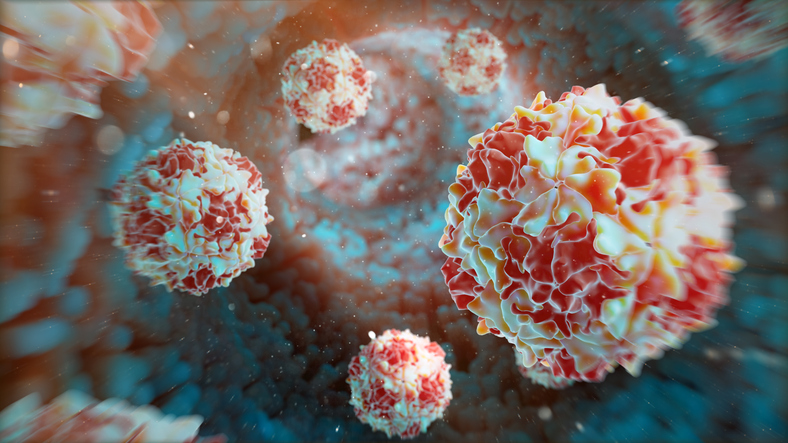Health authorities in the Gaza Strip confirmed the first case of polio in 25 years earlier this month.
The infection and subsequent partial paralysis of the nearly year-old Abdul-Rahman Abu Al-Jidyan has hastened plans for a mass vaccination campaign of children across the Palestinian enclave starting on Sept. 1.
Three-day pauses in fighting in each of Gaza’s three zones have been agreed by Israel and Hamas to allow thousands of U.N. workers to administer vaccines.
WHERE DID THE INFECTION COME FROM?
The same strain that later infected the Palestinian baby, from the type 2 vaccine-derived polio virus that has also been detected in wastewater in some developed countries in recent years, was detected in July in six sewage samples taken in Khan Younis and Deir al Balah.
It is not clear how the strain arrived in Gaza but genetic sequencing showed that it resembles a variant found in Egypt that could have been introduced from September 2023, the WHO said.
The U.N. health body says that a drop in routine vaccinations in the Occupied Palestinian Territories, including Gaza, has contributed to its re-emergence.
Polio vaccination coverage, primarily conducted through routine immunization, was estimated at 99% in 2022 and fell to 89% in 2023. Health workers say the closure of many hospitals in Gaza, often because of Israeli strikes or restrictions on fuel, has contributed to lower vaccination rates. Israel blames Hamas, saying they use hospitals for military purposes.
Aid workers say poor sanitation conditions in Gaza where open sewers and trash piles are commonplace after nearly 11 months of war have created favourable conditions for its spread.
HOW IS THE VACCINATION PROGRAMME ORGANISED?
Israel’s military and the Palestinian militant group Hamas have agreed to three separate, zoned three-day pauses in fighting to allow for the first round of vaccinations.
The campaign is due to start in central Gaza on Sunday with three consecutive daily pauses in fighting, then move to southern Gaza, where there would be another three-day pause, followed by northern Gaza. There is an agreement to extend the pause in each zone to a fourth day if needed.
The vaccines, which were released from global emergency stockpiles, have already arrived in Gaza and are due to be issued to 640,000 children under 10 years of age.
They will be given orally by some 2,700 health care workers at medical centres and by mobile teams moving among Gaza’s hundreds of thousands of people displaced by the war, U.N. aid workers say.
The World Health Organization says that a successful roll-out requires at least 95% coverage.
The Israeli military’s humanitarian unit (COGAT) said that the vaccination campaign would be conducted in coordination with the Israeli military “as part of the routine humanitarian pauses that will allow the population to reach the medical centers where the vaccinations will be administered”.
A second round is planned in late September.
WHAT ARE THE RISKS OF POLIO SPREADING?
The Gaza case is seen as a setback for the global polio fight which has driven down cases by more than 99% since 1988 thanks to mass vaccination campaigns.
Wild polio is now only endemic in Pakistan and Afghanistan although more than 30 countries are still listed by the WHO as subject to outbreaks, including Gaza’s neighbours Egypt and Israel.
The World Health Organization has warned of the further spread of polio within Gaza and across borders given the poor health and hygiene conditions there.
Poliomyelitis, which is spread mainly through the faecal-oral route, is a highly infectious virus that can invade the nervous system and cause paralysis and death in young children with those under 2 years old most at risk. In nearly all cases it has no symptoms, making it hard to detect.
(Reuters)














